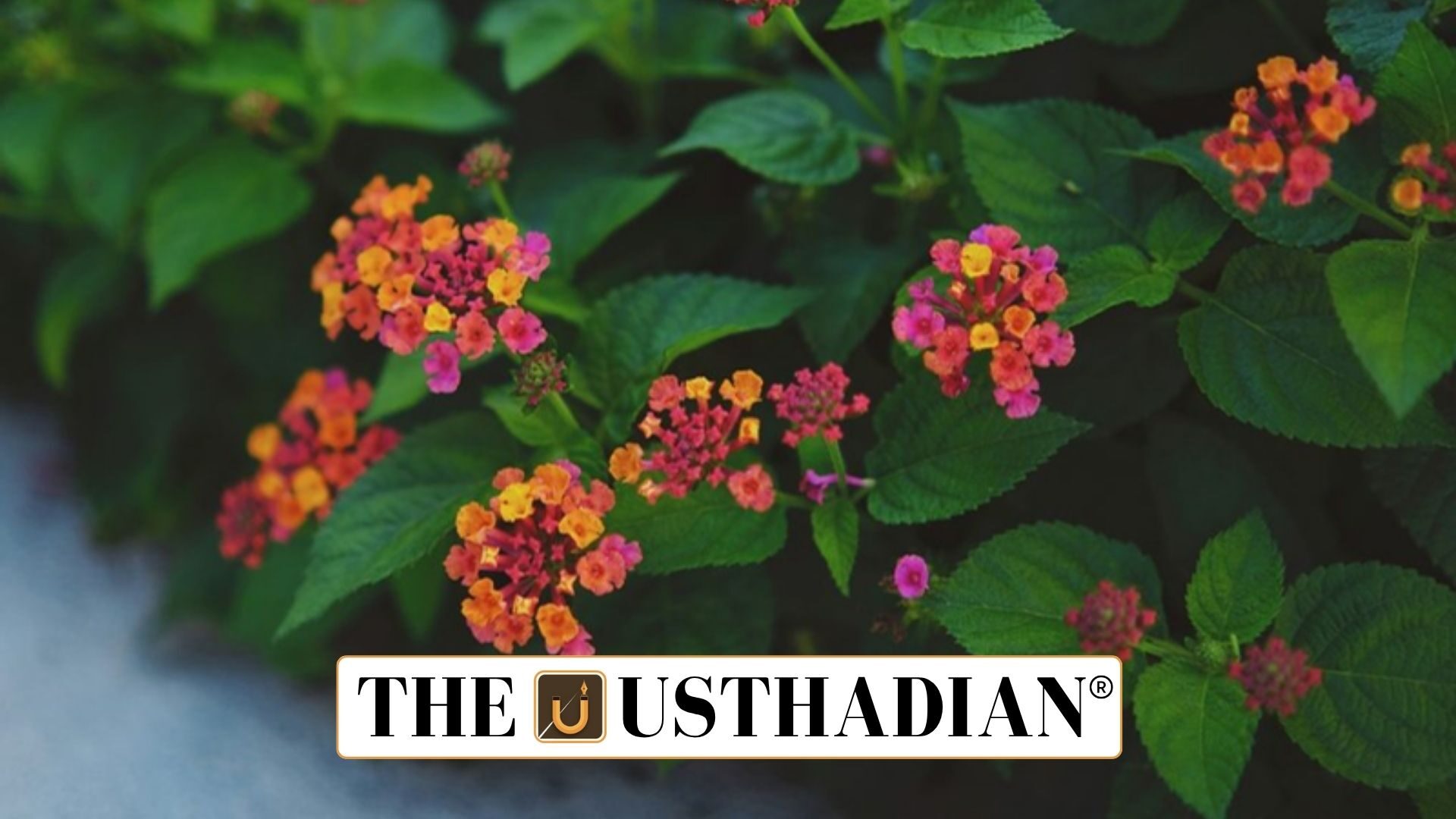Spread across Himachal Pradesh
Lantana Threatens Himachal’s Forest Biodiversity: Lantana camara, an invasive alien species originally from Central and South America, has aggressively colonised forests in Himachal Pradesh. Introduced in India in the 18th century as an ornamental plant, it now covers over 3,25,000 hectares of land in the state.
Infestation has been observed in forest circles such as Dharamshala, Nahan, Hamirpur, Chamba, Bilaspur, Mandi, and Shimla. According to the India State of Forest Report 2023, the weed now affects approximately 3,252.82 sq. km, with the spread moving from lower to higher altitudes.
Ecological destruction caused by Lantana
Lantana forms dense, thorny thickets that outcompete native vegetation. These grow aggressively along forest edges and degraded areas.
Its roots and leaves release allelochemicals that suppress the germination and growth of other plants. This reduces floral diversity and weakens forest ecosystems.
Static GK fact: Lantana camara is listed among the world’s top 10 worst invasive weeds by the International Union for Conservation of Nature (IUCN).
Efforts by the Forest Department
Since 2009-10, over 51,000 hectares have been cleared using the cut root stock method, where plants are severed at the base to prevent regrowth.
The cleared land is replanted with native tree species like sal, oak, and bamboo to restore ecological balance. The Forest Department has set an annual target of clearing 1,000 hectares.
Major challenges faced
The upward spread of lantana into higher elevations threatens hill ecology. Lack of manpower, funding, and coordination hinders timely interventions.
Experts suggest concentrating efforts at higher altitudes where the infestation is still manageable. There’s also a need for a multi-stakeholder approach involving local communities and industries.
Static GK Tip: Forests in Himachal Pradesh cover around 27% of its geographical area, and biodiversity loss directly affects the state’s economy and climate resilience.
Utilising Lantana for economic value
Lantana biomass can be turned into furniture, fuelwood, and compost. Its alkaloid compounds have potential pharmaceutical uses, including anti-inflammatory and anti-bacterial properties.
Encouraging local artisans and industries to use lantana wood can create sustainable livelihoods while aiding weed removal.
Future policy direction
Planting of lantana in gardens, highways, and parks must be prohibited by law. Policies should focus on early detection, rapid removal, and biological control where appropriate.
Active participation from civil society, research institutions, and local bodies is essential for a time-bound eradication plan.
Static Usthadian Current Affairs Table
Lantana Threatens Himachal’s Forest Biodiversity:
| Topic | Detail |
| Scientific name of Lantana | Lantana camara |
| Native region | Central and South America |
| First introduction in India | Early 18th century |
| Total area infested in HP | Over 3,25,000 hectares |
| Control method used | Cut root stock method |
| Cleared area since 2009 | 51,000+ hectares |
| India State of Forest Report year | 2023 |
| Notable chemical property | Releases allelochemicals |
| Economic use | Furniture, fuelwood, organic manure |
| Global rank in invasiveness | Among top 10 worst weeds (IUCN) |








